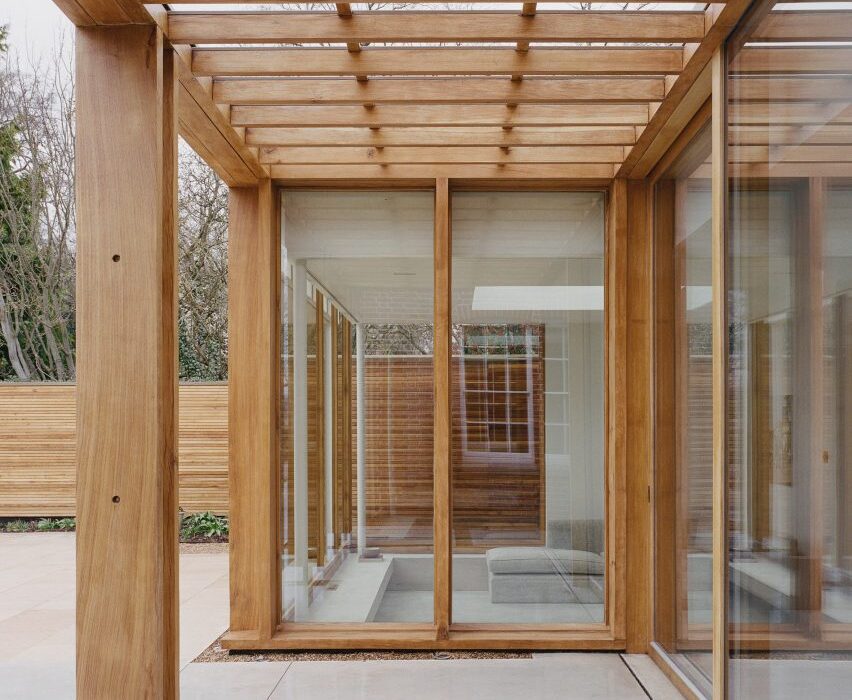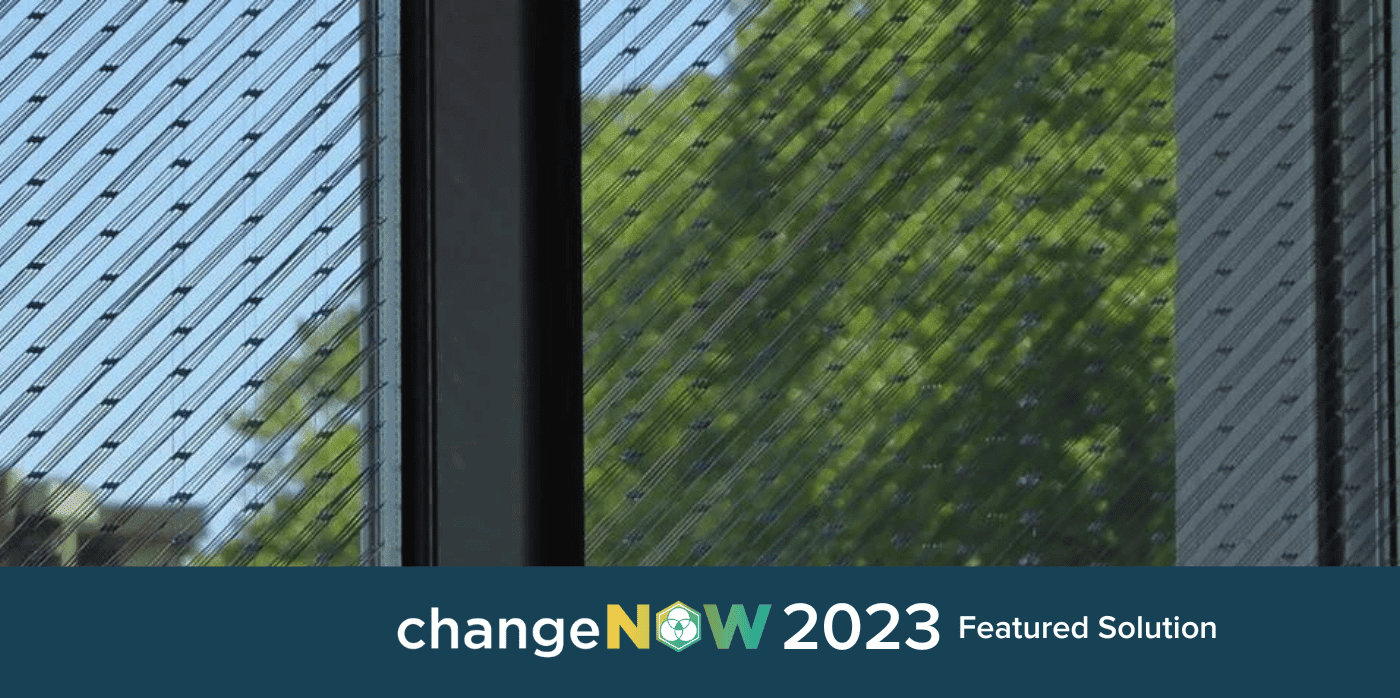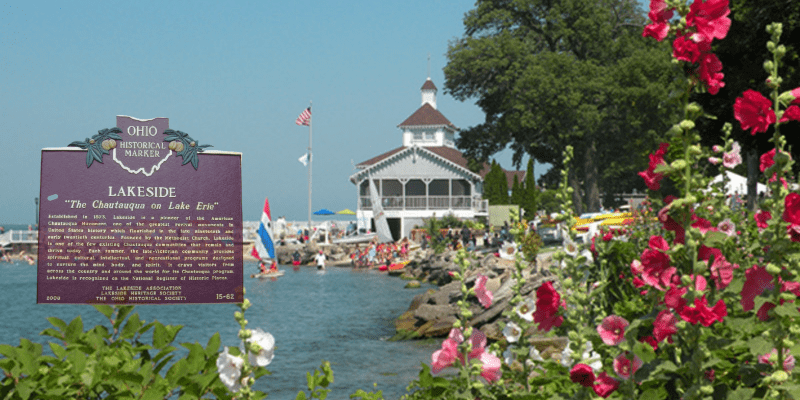Eight homes with pergolas where residents can make the most of summer
An oak pergola that protrudes from a glazed extension in a conservation area and a concrete pergola covered in shrubbery are included in our latest lookbook.
A pergola is a structure that is attached to a home to protect and shelter it from the elements. Pergolas can provide shade to the interior or outdoor area they cover, as well as create some protection from rain.
Outdoor spaces covered by pergolas are often used as dining or lounge spaces, which means residents can spend time outside while being less exposed to the sun.
This is the latest in our lookbooks series, which provides visual inspiration from Dezeen’s archive. For more inspiration see previous lookbooks featuring cherry red interiors, lavish bedrooms with bathtubs and concrete kitchens.
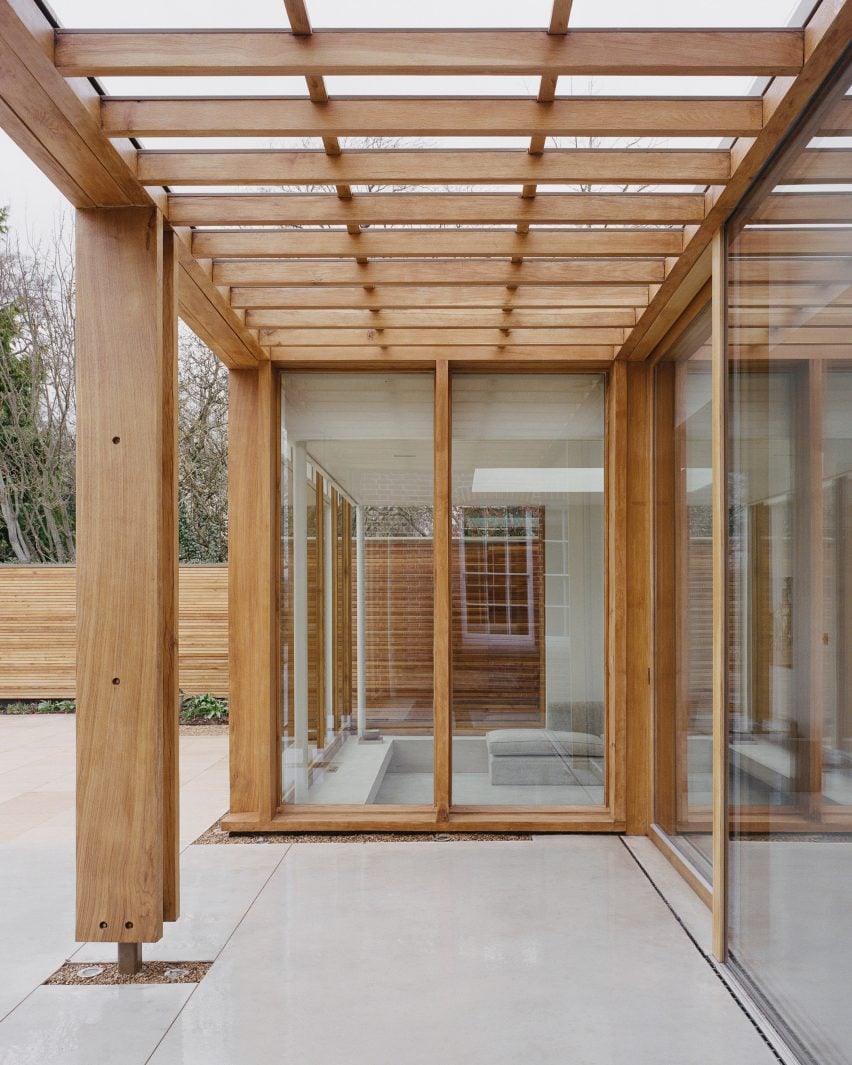
Pergola House, UK, by Will Gamble Architects
British architecture studio Will Gamble Architects renovated this Georgian home in a conservation area in Leicestershire that now includes a glass-walled extension surrounded by a wooden pergola.
When designing the extension, the studio looked to garden pergolas to create a contemporary contrast to the existing Georgian structure. The oak framework extends past the perimeters of the extension to form a shaded pergola.
Find out more about Pergola House ›
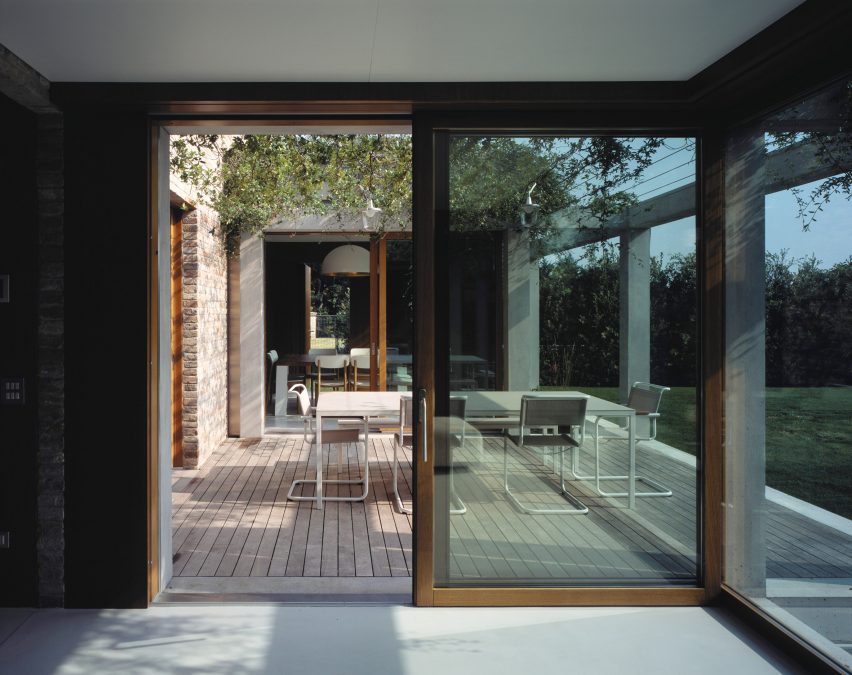
Monticello house, Italy, by Di Gregorio Associati Architetti
Concrete pergolas covered in overgrown shrubbery were added to this brick home in northern Italy, completed by architecture studio Di Gregorio Associati Architetti.
The concrete pergola shields and surrounds an extension that was added to the house, as well as an outdoor seating area that sits at the centre of the new building. Floor-to-ceiling windows line the interior of the home.
Find out more about Monticello house ›
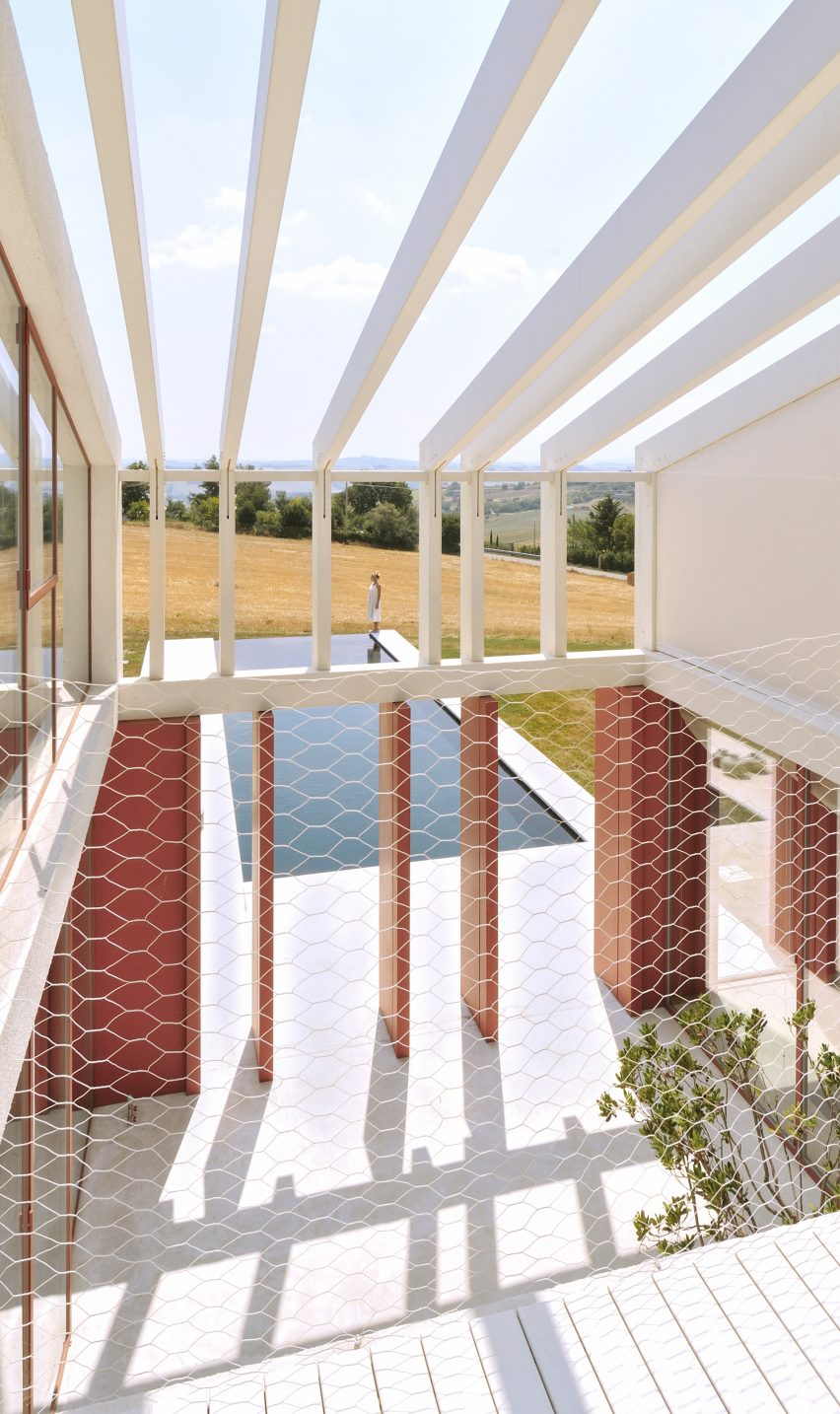
Casa di Confine, Italy, by Simone Subissati Architects
Italian architecture firm Simone Subissati Architects designed this home in Le Marche that aims to immerse its residents in the surrounding landscape.
The studio created a fragmented frame that follows the long and narrow profile of the home. A void at the centre of the building sees the fragmented frame carried over to form a pergola between two volumes of the home. The pergola-covered courtyard leads out to a pool.
Find out more about Casa di Confine ›
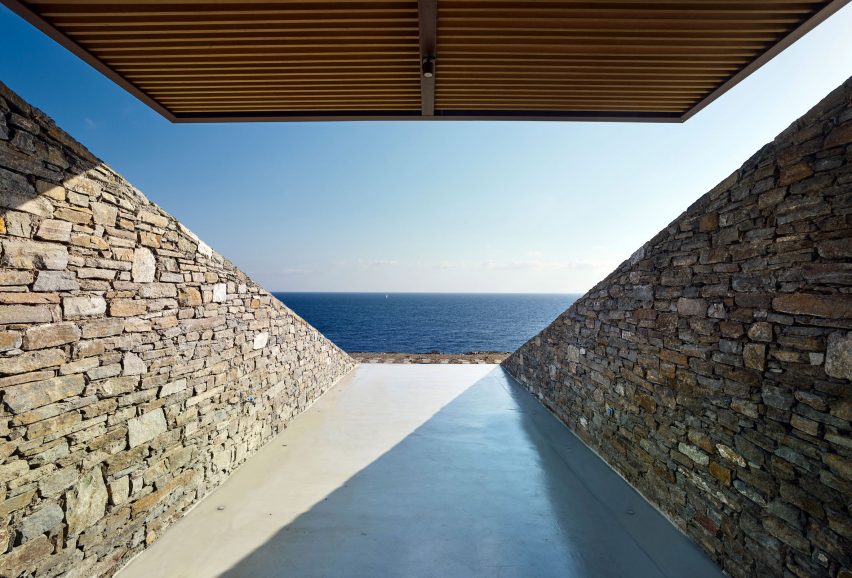
NCaved, Greece, by Mold Architects
On the island of Serifos in Greece, Mold Architects built a partially submerged home on a rocky hillside that features large glazed openings, walled terraces and a large swimming pool.
The terraces are flanked by stone walls that follow the topography of the landscape and partially covered by slatted pergolas that cantilever from the main structure and help to shade the interior.
Find out more about NCaved ›
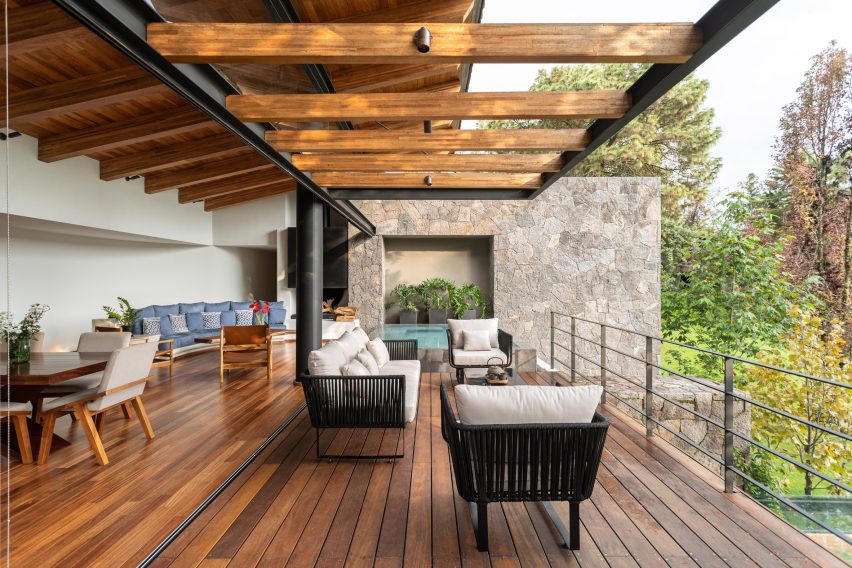
Avándaro 333, Mexico, by Zozaya Arquitectos
Located in Valle de Bravo, Mexico, this home is part of a 27-house complex that was named after a nearby lake.
Architecture studio Zozaya Arquitectos used masonry and clay across the exterior of the home, which was then contrasted with contemporary additions such as wood and steel pergolas.
A balcony on the upper levels of a home is accessed through retractable glazed walls and sits beneath a wooden pergola.
Find out more about Lake Avándaro ›
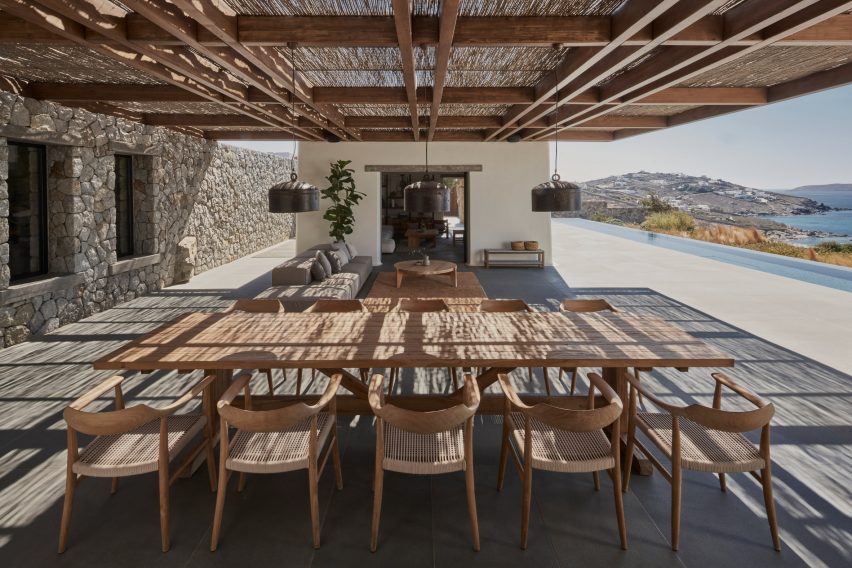
Villa Mandra, Greece, by K-studio
A latticed chestnut-wood pergola covers an outdoor dining area Villa Mandra, a holiday home on the Greek island of Mykonos that was designed by Greek architecture practice K-studio.
Alongside covering an outdoor dining area, the large pergola also shades a lounge area. Metal pendant lights were fixed to the pergola and provide the shaded area with light at night.
Find out more about Villa Mandra ›
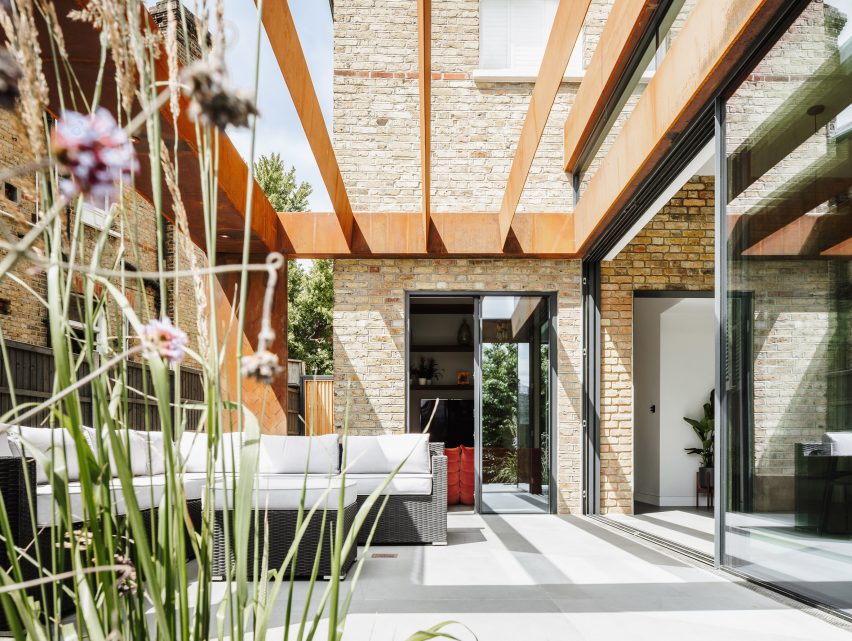
The Weathered House, UK, by Selencky Parsons
Architecture studio Selencky Parsons extended a Victorian home in south London and added a steel-framed structure and large sliding doors that better link the interior with the outdoors.
The extension is characterised by the weathered-steel structure. This begins at the kitchen area and forms a pergola over an outdoor dining space that is directly accessed via glass sliding doors from the interior.
Find out more about The Weathered House ›
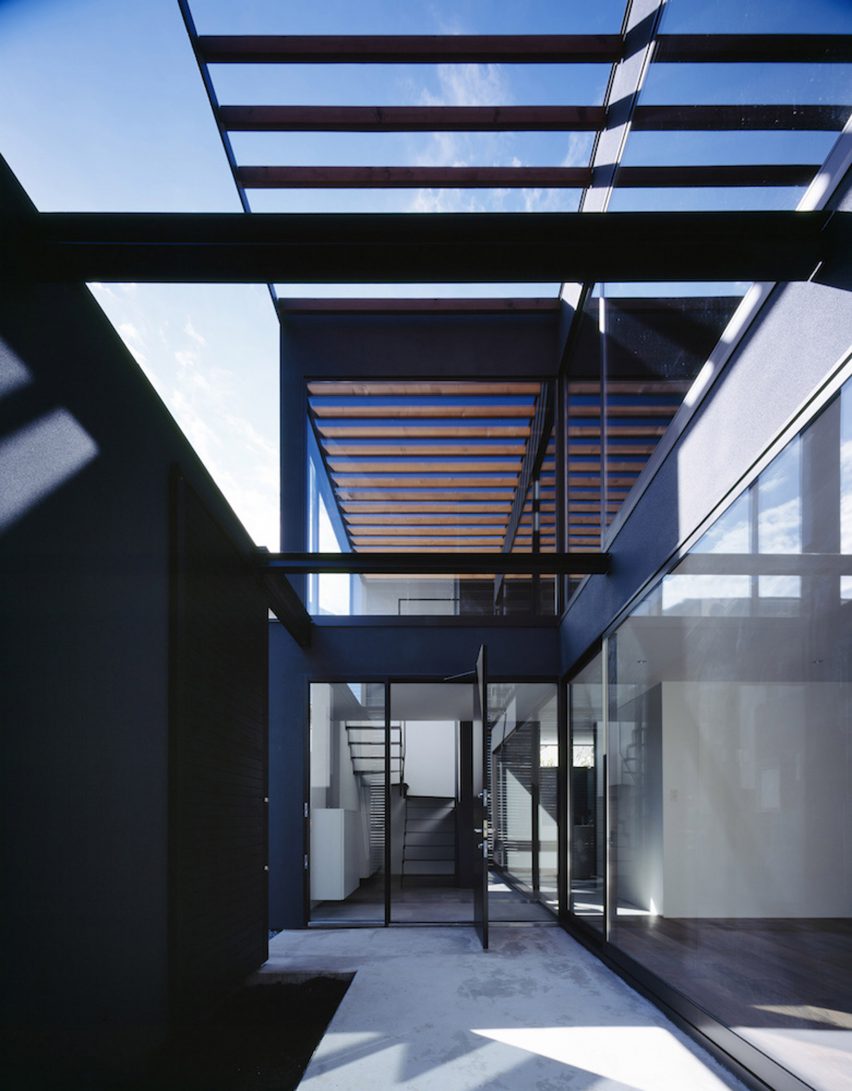
Pergola House, Japan, by Apollo Architects & Associates
Designed by Apollo Architects & Associates and located in Kawaguchi, a city just north of Tokyo, Pergola House is a two-storey home that has an L-shaped plan with courtyards covered by pergolas.
The pergolas are formed of wooden ceiling beams that extend beyond the walls of the interior. Expanses of glass line the walls and double-height spaces help to create an open-plan design and blur the boundaries of the interior.
Find out more about Pergola House ›
This is the latest in our lookbooks series, which provides visual inspiration from Dezeen’s archive. For more inspiration see previous lookbooks featuring cherry red interiors, lavish bedrooms with bathtubs and concrete kitchens.

